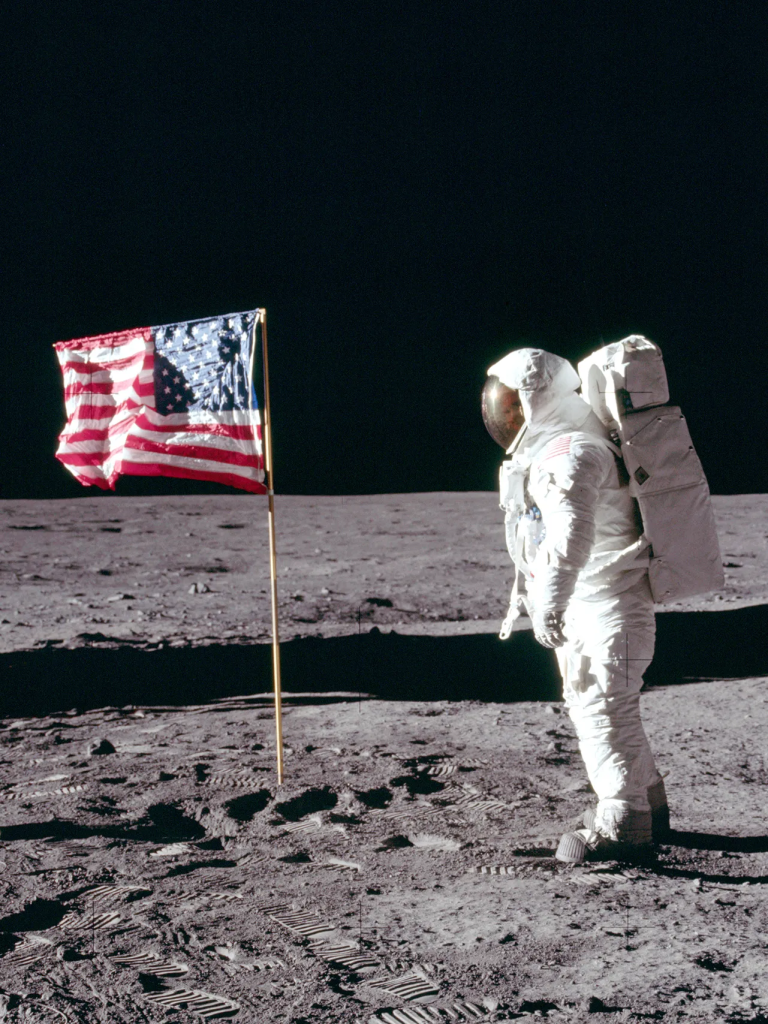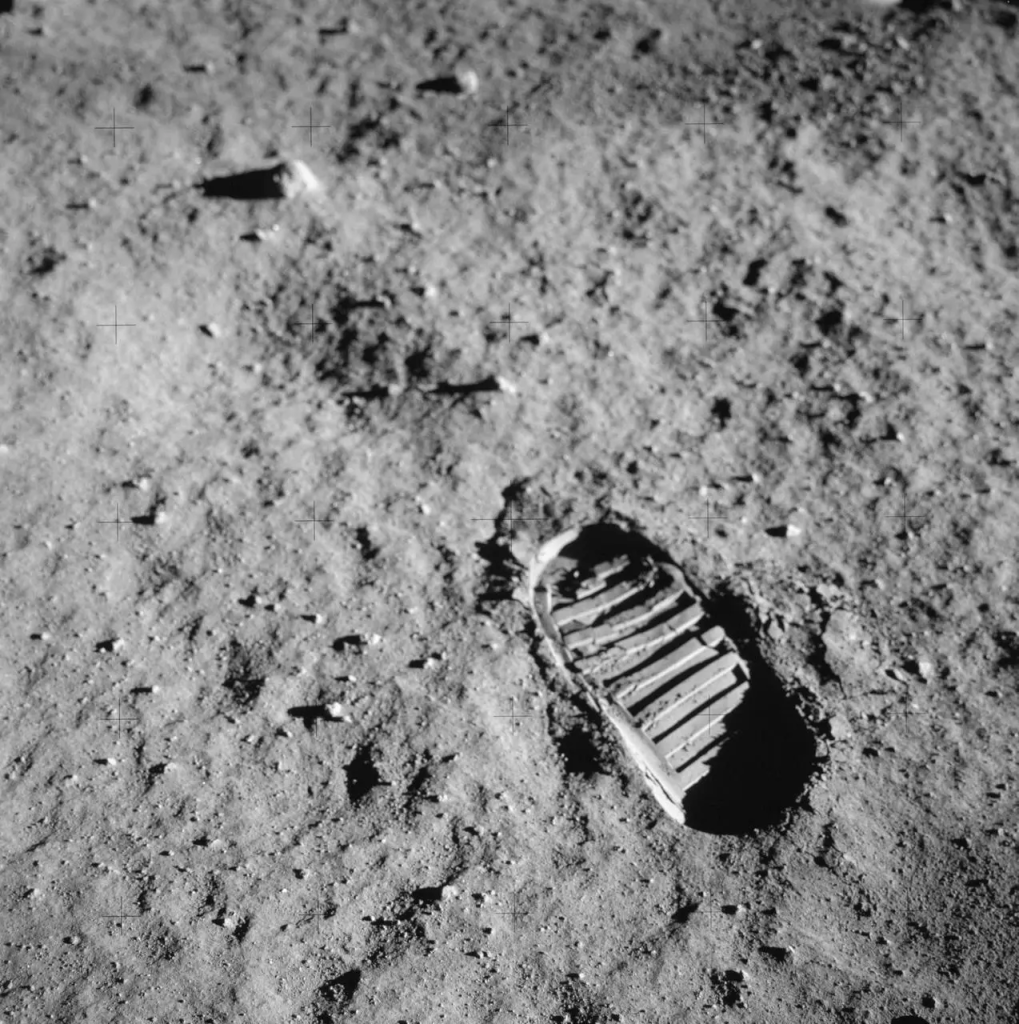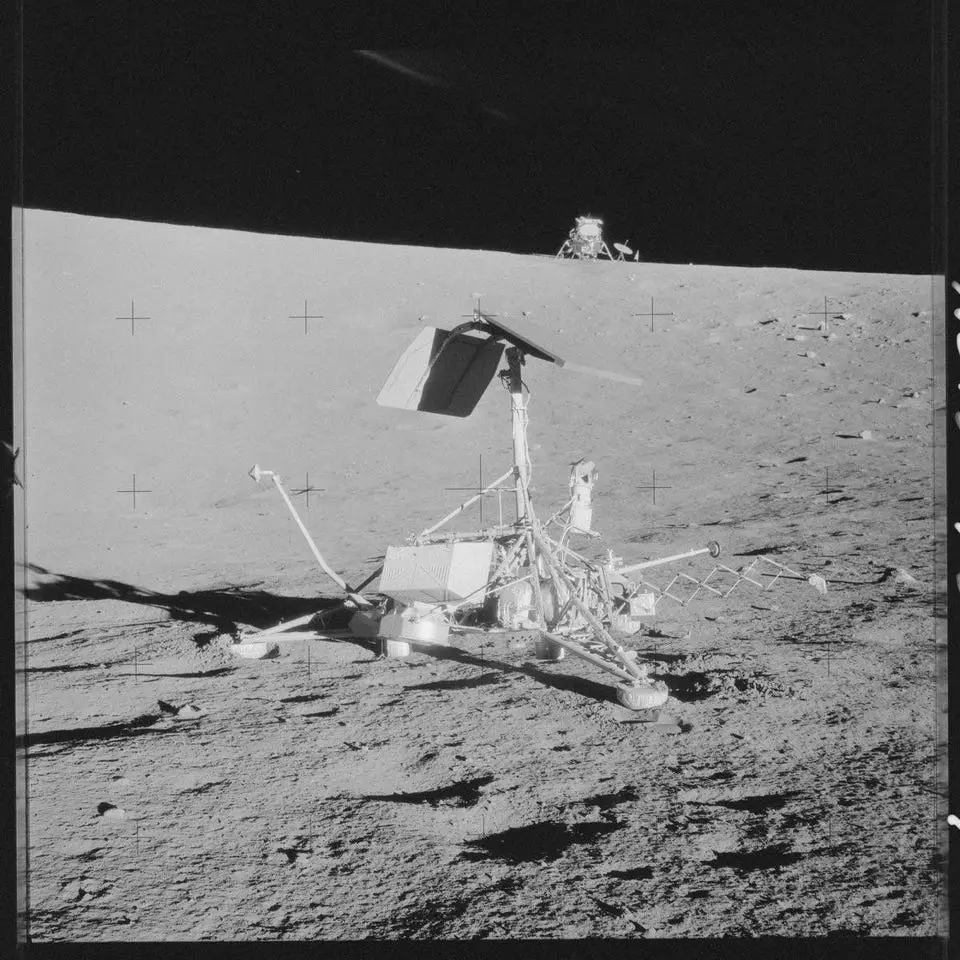For decades, conspiracy theories surrounding the Apollo Moon landings have persisted, with some even suggesting that the missions were an elaborate hoax.
However, many of these theories are easily debunked through basic scientific explanations.
Let’s explore some of the most prevalent Moon landing conspiracy theories and uncover the truth.
The Van Allen Radiation Belts
A common argument among skeptics is that the Apollo astronauts could not have survived passing through Earth’s Van Allen radiation belts, which are zones of charged particles trapped by Earth’s magnetic field. It is believed that the intense radiation in these belts would have been lethal.
Professor Ojha clarifies this misunderstanding with a simple analogy to firewalking. Just as firewalkers avoid burning their feet by moving quickly across hot coals, so did the Apollo astronauts pass swiftly through the Van Allen belts.
The transit time was so brief that the exposure to harmful radiation was minimal. Thus, the astronauts were not harmed during their journey through these regions.
The Absence of Stars in Lunar Photographs
Another point of contention is the absence of stars in the photographs taken during the Apollo 11 mission. Conspiracy theorists argue that the sky should have been filled with stars since there’s no atmosphere on the Moon to obscure the view.
The explanation is straightforward: the lunar surface and the astronauts were brightly lit by the Sun.
To capture these illuminated scenes, the cameras had to use quick shutter speeds and narrow apertures, which rendered the faint stars invisible. This is standard photographic practice and does not imply any deceit.
The Waving American Flag
One of the most iconic images of the Apollo 11 mission is Buzz Aldrin saluting the American flag, which appears to be waving. Since the Moon has no atmosphere and, consequently, no wind, conspiracy theorists claim this is evidence of fakery.
In reality, the flag was equipped with a telescopic pole that extended along its top to keep it spread out.

This setup, along with the wrinkles from being packed during the journey, gives the flag an illusion of waving. Indeed, NASA anticipated this need and engineered a solution to make sure the flag would appear to be flying proudly.
Why Haven’t We Returned?
Skeptics often question why humans haven’t returned to the Moon if we indeed visited it in 1969. The last Apollo mission to land astronauts on the Moon was Apollo 17 in 1972. Since then, there have been no further manned missions.
Professor Ojha attributes this to shifts in geopolitical priorities. During the 1970s, plans for permanent lunar bases were shelved partly due to the costs associated with the Vietnam War and a perceived victory in the space race against the Soviet Union.
Focus eventually shifted to the Space Shuttle program and the International Space Station, emphasizing different aspects of space exploration. However, this doesn’t negate the possibility of future Moon missions.
There are proofs that we indeed went to the moon
In all of human history, a total of 24 people have flown to the vicinity of the Moon, with 12 of them actually setting foot on the lunar surface during the Apollo missions.
Although these monumental events happened in the late 1960s and early 1970s, many people today do not have personal memories of them, leading some to question their authenticity.
However, scientific evidence robustly confirms that the Moon landings did indeed occur. Here are four compelling pieces of evidence that stand testament to these historic missions.
1. Lunar Footprints
One of the irrefutable pieces of evidence is the presence of astronaut footprints on the Moon. Unlike Earth, the Moon lacks an atmosphere, weather, liquid water, and life, which means there are no natural phenomena to erase these marks.

Footprints from the Apollo 11 mission and subsequent missions are still visible on the lunar surface. This has been confirmed by NASA’s Lunar Reconnaissance Orbiter, which has photographed landing sites with high precision, capturing images that show the still-existing footprints of astronauts such as Buzz Aldrin.
These footprints are a poignant reminder of humanity’s first steps on another celestial body.
2. Over 8,000 Photos of Lunar trips
NASA has released a treasure trove of over 8,000 photos from the Apollo missions, all publicly available on a Flickr photostream. These photographs meticulously document various stages of the missions, from launch to lunar activities and back to Earth.
Iconic images such as the ‘Earthrise,’ taken by Apollo 8 astronaut Bill Anders, provide visual confirmation of the missions. These photos not only serve as a historical record but also help debunk any claims that the Moon landings were fabricated.

3. Scientific Equipment on the Moon
Another significant piece of evidence is the scientific equipment left behind by the Apollo missions. This includes lunar seismometers that transmitted data until 1977 and lunar laser-ranging retroreflector arrays, which still operate today.

These retroreflectors allow scientists to measure the distance between the Earth and the Moon with centimeter precision using laser beams. Other equipment includes instruments to measure the solar wind composition, lunar magnetic fields, and dust on solar panels.
The functionality and data from these instruments provide undeniable proof that humans once operated on the lunar surface.
4. Lunar Samples
Lastly, the lunar samples brought back to Earth have provided extensive information about the Moon’s geology and its history. The spectroscopic and physical analysis of these samples has revealed details, such as the presence of volcanic glass and orange soil, which indicate volcanic activities billions of years ago.
Most remarkably, these samples have shown that the Earth and Moon share a common origin. This discovery would not have been possible without the direct retrieval of lunar material by Apollo astronauts.

In conclusion, lunar footprints, extensive photographic documentation, enduring scientific instruments, and lunar samples all collectively confirm that humanity did indeed land on the Moon. We have robust scientific evidence, and the history of our lunar exploration stands as a monumental achievement.
